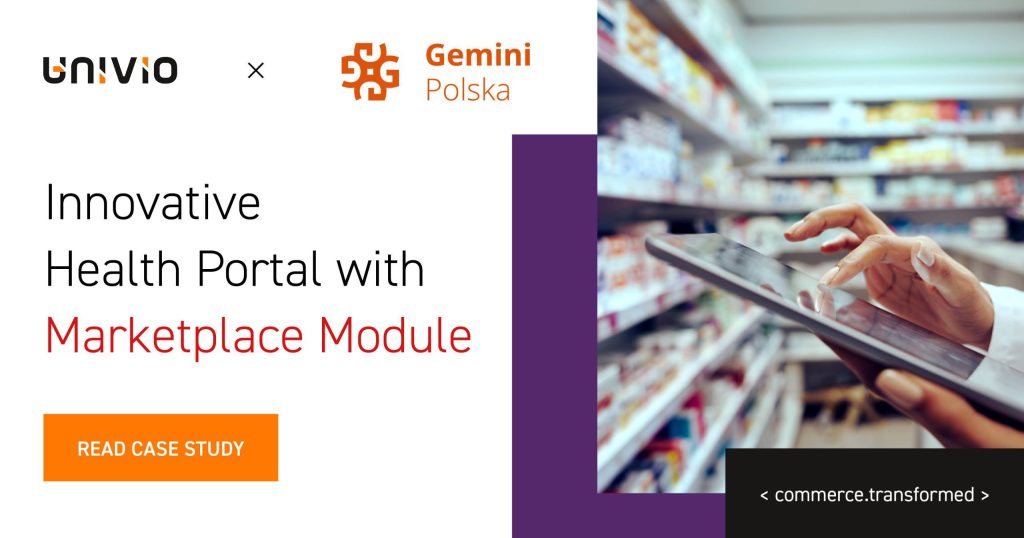Effective Portals, Happy Security / Meeting Content Needs in Security-Heavy Sectors
Choosing any technology is always a battle of priorities and business concerns. Not least of all, for companies with a heightened obligation to be secure, this can cause a lot of stress in internal decision making.
In one specific case: marketing typically has a strong need to provide public information, but this can only be done without impacting security or risking any exposure of sensitive data. In this guide, using some key industries as examples, we want to explore a potential solution that often goes overlooked.
The Security Challenge
For industries such as healthcare and finance, security is a key concern in virtually every decision. Whether it’s HIPAA in the US, GDPR in the EU or financial regulations like PCI DSS, security regulations naturally impact any decision that needs to be made.
As such, marketing needs often come secondary. Consequently, those teams need to find solutions that work around the core systems, do not even touch sensitive data and don’t provide any exploits or risks. After all, services still need to be promoted and displayed.
And while this may have proved a problem in previous years, today’s technology has evolved and matured to a point that there are affordable solutions to meet both needs without compromise – and without pushing budgets.
Solving the Problem with Architecture
The purpose of this text is not to turn you into a security expert or architect overnight, but to help you find the tools and solutions to meet business needs. Even in traditional sectors, such as banking of healthcare providers, digital business is growing at rapid pace.
Our suggestions here are to enable such industries to make the most of technological opportunities.
Headless CMS
Regardless of industry, most websites and digital platforms are aiming to be headless. A separated frontend offers a greater degree of flexibility, as well as omnichannel distribution and faster loading times. It’s this separation that also makes them ideal for security reasons, as they simply do not need to be connected to sensitive corners of the business.
For teams that are maybe used to traditional CMS such as WordPress, it’s worth stating that there is a minimal change in terms of usage. Headless options have just as reliable an interface on the backend, so there’s no extensive relearning or familiarization process.
As an added benefit, many headless options, such as Strapi, can be installed on-premises, offering further levels of control and security. Keeping it within the company’s own infrastructure eliminates any additional risk of sensitive data escaping.

It’s also important to note that a headless CMS, even though it does not store any sensitive data, can serve content to the core sections, including sensitive area. A headless CMS can provide and deliver public content, such as banners and media, to confidential services, but it will not contain any knowledge and will not use any of the confidential data itself
Such an approach is a one-way street, which is an advantage of microservices. There is n coupling here, which enables additional data security and compliance with the most stringent of rules for separating sensitive and confidential information from public data. This is the method adopted by companies such as Generali, for example.
Static Site Generators
The key benefit of SSG for security and data compliance is that they utilize pre-built pages that are then send to the user at the time of request. They do not touch areas with sensitive data and, more importantly, reduce the attack surface for potential threats.
From a marketing perspective, it’s perhaps better to state that SSGs help ensure a fast loading time, enhancing the customer experience. It’s one of the reasons SSGs are used frequently in Jamstack designs. They’re often paired with Content Delivery Networks (CDN) to further distribute content efficiently.
Both the SSG and CDN form a barrier of sorts. On one side, the marketing team has the Headless CMS and the tools they need to generate materials (and we as we’ve established, this is already separated from sensitive areas), and on the other side, the user sees a fully compiled page with everything they need. Everybody wins.
Microservices
If you’ve been around IT teams for a while, you’ve likely heard microservices come up in discussion. So, what is their direct impact on marketing and other customer-facing aspects?
It’s important to note that microservices greatly diminish a potential attack vector. This is because:
- Each microservice only does what it needs to do, with secure API limited access. This is in stark contrast to monolithic platforms, where one functionality essentially offers exposure to a wider range of services and their inherent data.
- Because each microservice is somewhat isolated, only the necessary microservices are sent to the web-accessible front. In other words, with a headless CMS, among others, would only be connected to the microservices responsible for generating those pages, removing any direct line to the data-rich inner components.
- Likewise, if there is a vulnerability, it’s easier to improve the security of specific microservices rather than the slower, more costly approach of overhauling the entire architecture. So, in addition to presenting a smaller attack front, microservices also enable a more rapid and adaptable response.
In terms of usability, it’s also worth emphasizing that microservices do not impact the day to day operations of the marketing team. They enable the effective scaling and performance of operations, but this does not impact day to day work such as the generation and production of materials. In fact, being able to scale up specific microservices is an added benefit for such teams when it comes to publishing and distributing.
A Few Additional Benefits
All of this is not to say that the headless approach isn’t also beneficial for marketing purposes, anyway. In fact, a headless CMS offers a range of benefits for attracting customers and making your business more accessible:
- Omnichannel Delivery: A headless CMS delivers content through API (and then via SSG to the website) so it’s also possible to hook this API up to mobile apps and other relevant channels. In short, this will save your internal teams much more time in the long run.
- Multi-brand Delivery: Similarly, companies with multiple brands but similar products can use a headless CMS to streamline offer and service details from a singular location.
- A Modern Approach: If your organization plans to implement composable or MACH architecture in the future, this set-up is already compatible. This means your teams won’t need to relearn or retool themselves in the future.
Headless CMS / The Best of Both
For marketing managers in sectors with strict data protection requirements, adopting a headless architecture offers a pathway to innovate and engage customers while upholding the highest security standards. By embracing headless CMS, SSGs, and microservices, marketing departments can not only safeguard sensitive data but also gain the agility and flexibility needed to deliver compelling digital experiences.
Furthermore, by highlighting the security, scalability, and efficiency benefits of this approach, marketing leaders can champion a strategy that aligns with the priorities of their Security/IT colleagues, fostering a collaborative effort towards the company’s overarching goals.







